|
Before I got to Italy I did research about driving on Italian roads. I figured it wouldn't be all that different from here in the States and I did fine in France years ago, so no big deal. Many signs are very understandable, but some are unique to Italy or need some explanation. Don't stop reading until you see the STOP sign... The sign at the left is a YIELD sign. It's shaped just like ours but never has words on it. Of course, Italians ignore this sign completely. They just sort of roll into traffic and the traffic is expected to brake and let the car into the traffic flow. This is fact. This is how it works everywhere in Italy (even more so around Naples and other big cities). The drivers on the main road or street are the ones expected to do the YIELDing. The other signs might be confused with yield signs, and they are really are more like MERGE, except they are used for all sorts of intersections too. Just remember that the other the Italian drivers behind you will hug your bumper expecting you to just roll right into the intersection and the other drivers will YIELD and MERGE for you. If you "wait for your turn" the cars behind will simply pass around you. Need more convincing? Watch the video below: OK, now the signs above DO matter. I found out the hard way on the narrow road I took up to the town of Fiesole above Florence when cars coming down the hill acted like they expected ME to back up and let them go. I got a little hot because it seemed that all the cars coming down the hill toward me were driving overly fast, and then cursed me when we were suddenly in a door handle-to-door handle situation, nearly scraping each others' cars. It's because I failed to see or understand the sign at the right (red arrow right side) on the way up the hill. That sign meant that oncoming traffic had the right of way. The big red circle should have been a giveaway--red for STOP. A red arrow on the left means that oncoming traffic has to stop and let you go. Oncoming cars would be expected to pull over or even back up. I had to back up several times. You often see these signs on narrow roads and ones with tight, blind curves (like this one), although I don't recall ever seeing them on the Amalfi Coast road. 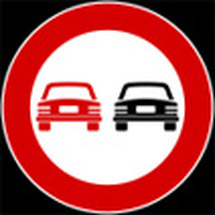 This sign means no passing allowed. The red car on the left means no passing for you. Red on the right would mean you can pass. Sounds backwards a bit. Just think of it this way: If you ARE allowed in the passing lane (to your left) then the car on the left side of the car would be black on the sign. Of course, Italians pay little attention to these also. They pass wherever they want to. No Standing - No Parking 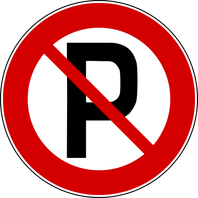 The two signs pictured on the above are extremely important for foreign drivers. The sign on the left (red circle and X over blue field) means NO STOPPING OR STANDING, the same as the NO STANDING ANY TIME signs we have in the States. In other words, even if you are just dropping something off at the Post don't do it--don't stop--even if you see locals doing it. They may have special permits.The sign pictured to its right means NO PARKING.... ever. You will normally see these signs on very narrow streets, especially as they pass through an urban town.
No Man's Land: the Dreaded ZTL 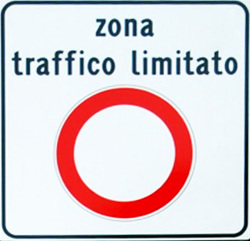 This sign is perhaps the most important one you will come across. Any sign with a red circle surrounding a white field is the basic symbol for NO CARS ALLOWED and is used to mark Zona Traffico Limitato (ZTL) areas. These are areas where you cannot drive into for fear of getting an expensive summons sent automatically to you back in the U.S. Most towns and villages have ZTLs. They are camera controlled. You will never see a policeman. You need to realize that there are all sorts of qualifying times and restrictions along with some ZTL signs. Before you go to Italy, take the time to look at ZTL signs, read websites that talk about the ZTL and even put the language on the signs into Google Translate to learn how they restrict the ZTLs. There are many that you are allowed to go through IF you are doing so during the permitted hours of the day, or permitted day of the week. (For instance, small towns might have ZTLs only active on one market day each week). The sign shown on the right basically means NO ENTRY. You will see these on one way streets, some dead ends and other streets that for whatever reason you are not permitted to drive into. Watch That Speed Limit!  Speed limit signs might be colored with a red circle or plain black and white or even blue. They might be square or rectangular. You have to keep in mind that Italy doesn't really function as one country with each province obeying the same standards and laws. Each region of Italy has separate deals with the national government, some are more independent than others and many set their own regulations. So, if you see a number on the side of a road that looks like a speed limit, it most likely is, even though the sign might look a bit different than in other areas you've traveled through. This one (photo right) is pretty typical for most areas. Be aware of the difference between MPH and KPH. A posted 50 KPH means the limit is around 31 MPH. You'll see this going through local towns (or even slower). On the autostrada you will typically see 90 (55 MPH) or 120 (68 MPH). We set our TomTom (we called him Tommy) GPS to MPH and the rental car's speedometer was set to KPH, a good method to gauge your speed and learn what local speed limits translate to in terms of MPH, along with the feel of your speed on the road. Do NOT follow the speed of local drivers! They know where the cameras and speed traps are, or might be leaving the upcoming speed zone before the end of the averaging zone. You see, many speed zones sensors average your speed going through the entire zone and only take a picture of your license plate/tag number just after you leave the last part of the averaged speed zone. Many towns in Italy have such zones as a large regional road passes through their main street. Be careful and don't speed up, even if a local road hog is driving on your rear bumper. 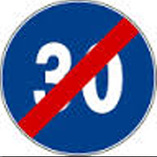 There is also this sign (at the right). The END SPEED ZONE sign. You will see this sign coming out of towns to let you know you can speed up again. Step on the gas, drive safely and enjoy the road ahead, that is, until you see the sign that we all recognize... The STOP sign. Unless you are Italian, of course... Then you simply ignore it. --Jerry Finzi Update 3/31/16: One of my Facebook amici offered an amusing way to remember the two basic types of signs in Italy: "I triangoli sono di pericolo, I rotondi sono di divieto" The triangles are of danger, the buttocks are of prohibition --Francesco Catalano Copyright, 2016 - Jerry Finzi, Grand Voyage Italy - All Rights Reserved
2 Comments
Ness
2/4/2018 08:58:25 pm
This is incredibly helpful. Thank you for sharing.
Reply
Jerry Finzi
2/7/2018 11:24:52 pm
Glad to help. Tell us about your experiences when you return!
Reply
Your comment will be posted after it is approved.
Leave a Reply. |
Categories
All
Archive
June 2024
|


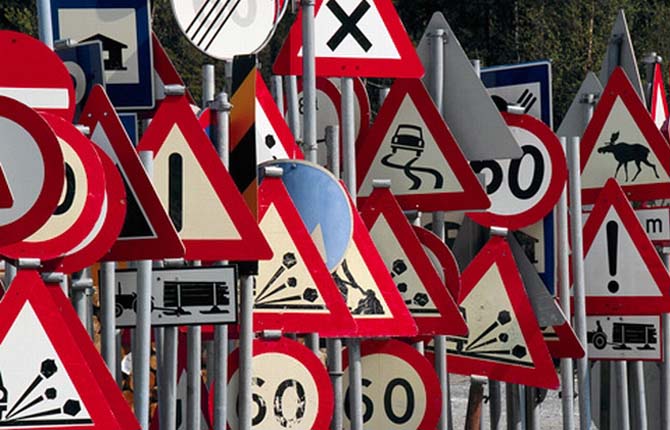

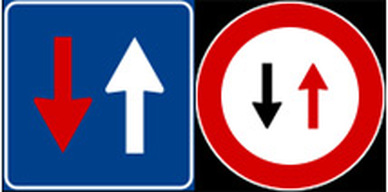
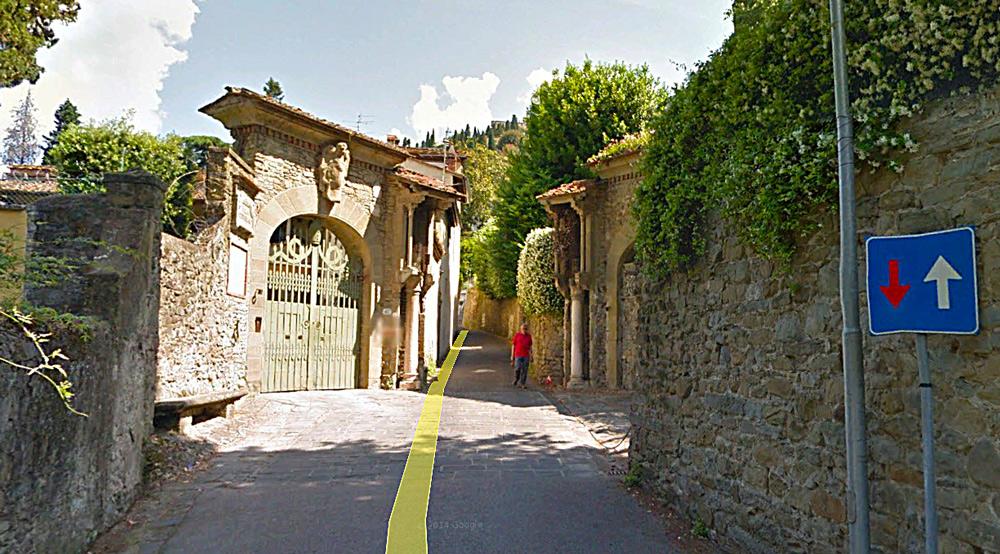
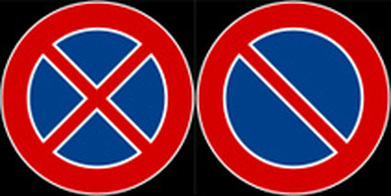
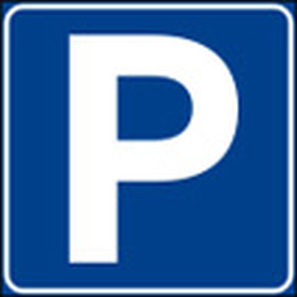
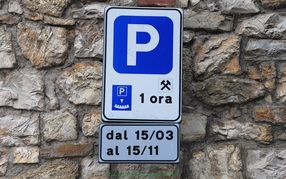
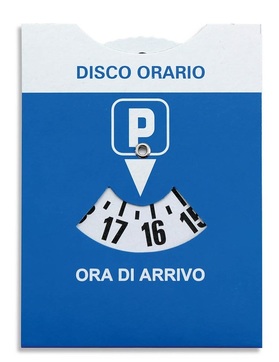
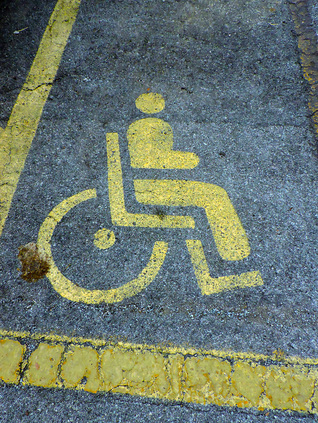
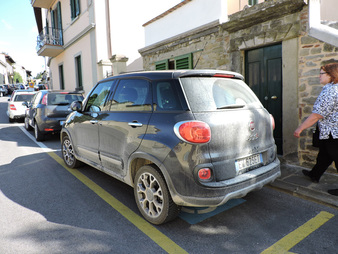
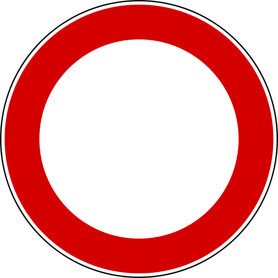

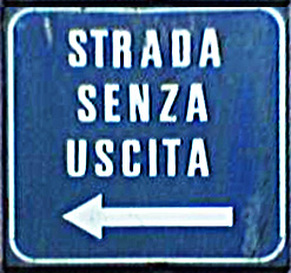
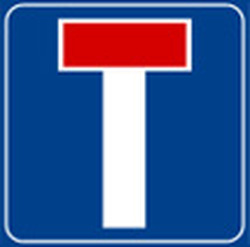
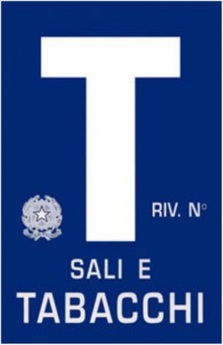
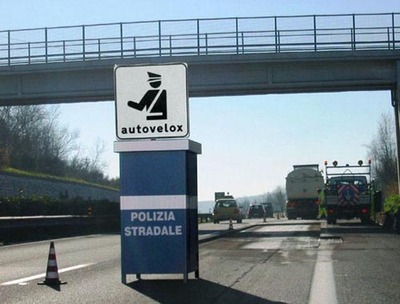
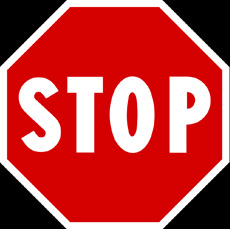
 RSS Feed
RSS Feed
